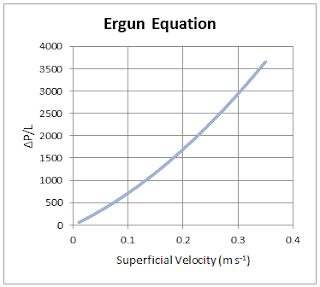The IPR of a well determines the relationship between its flowing bottom pressure, and the well production rate (or deliverability). IPR also helps engineers investigate the economics of a well, and is critical in optimizing the well, artificial lift design and determining the nature of the surface equipment.
For single-phase fluids, the IPR relationship is linear. However, when two-phase liquid and gas below its bubble-point pressure are produced, the relationship is non-linear.
Several researchers have studied this process, most notably Vogal (1968) and Cheng (1990). Cheng's semi-empirical correlation is applied to slanted wells, while Vogal's work applies to vertical wells.
Vogel and Cheng's equations are
where
- q0 is the flow rate in bbl/day
- q0,max is the oil flow rate at a flowing bottom hole pressure of 0 in bbl/day
- pwf is the flowing bottom hole pressure in psi
- pr is the reservoir pressure in psi
- a0, a1 and a2 are empirical parameters that vary with the slant angle. In the spreadsheet these parameters are listed again several values of the slant angle. Intermediate values are linearly interpolated.







